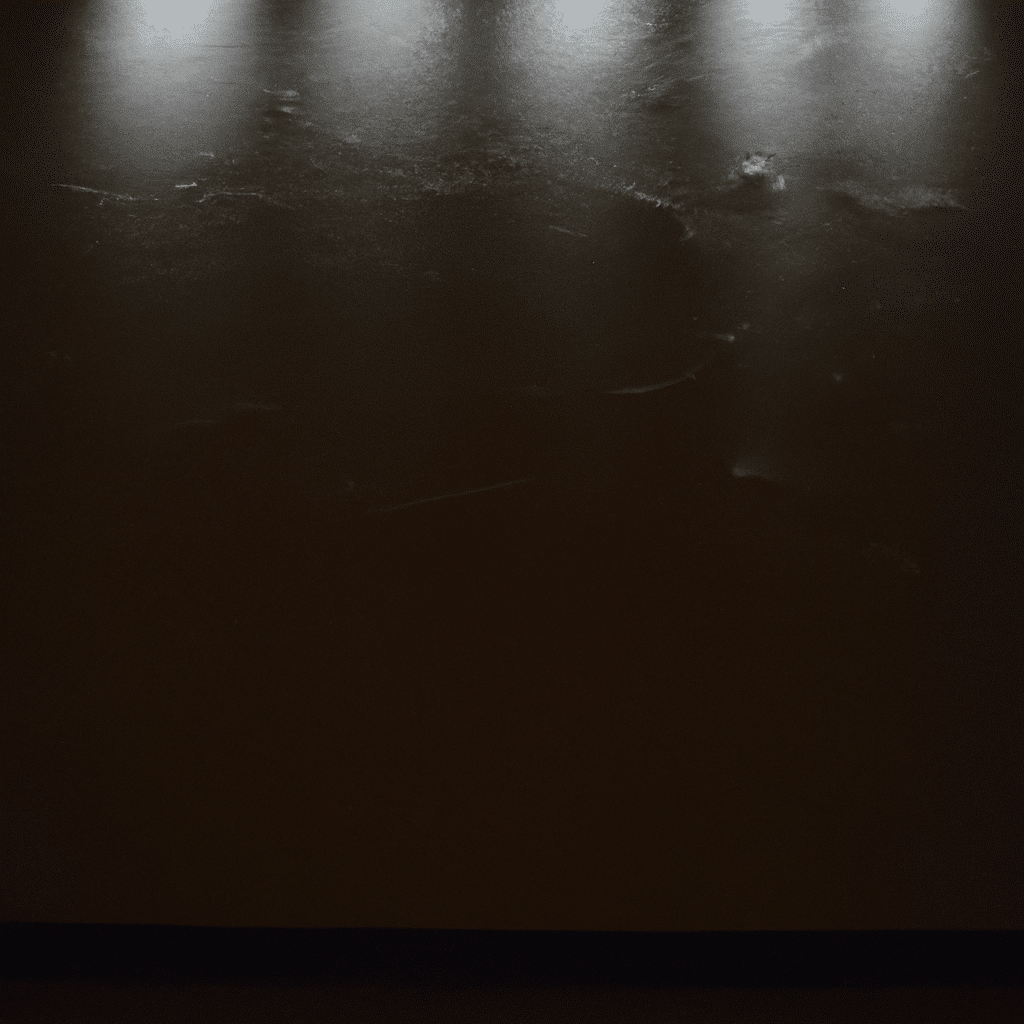Welcome to our comprehensive guide on how the right bulb color temperature can significantly improve your sleep quality and help you say goodbye to eye strain. In today’s fast-paced world, many of us spend countless hours in front of screens, leading to eye discomfort and disrupted sleep patterns. By understanding the impact of bulb color temperature on our eyes and sleep, we can make informed choices to create a soothing and conducive environment for a good night’s rest.
Understanding Bulb Color Temperature
The color temperature of a bulb refers to the appearance of light it emits, ranging from warm to cool tones. This is measured in Kelvin (K), with lower values indicating warm light and higher values indicating cool light. Warm light, typically found in incandescent bulbs, has a color temperature below 3000K, whereas cool light, resembling daylight, falls within the range of 5000K to 6500K.
The Impact of Bulb Color Temperature on Sleep
Blue Light and Sleep Disruption
Research has shown that exposure to blue light, which is prevalent in cool-toned bulbs, can suppress the production of melatonin—a hormone that regulates sleep-wake cycles. When we expose ourselves to blue light in the evening, such as from electronic devices or certain light bulbs, it can disrupt our natural circadian rhythm and make it harder to fall asleep.
Warm Light and Relaxation
On the other hand, warm-toned bulbs emit light that resembles the natural glow of sunset, promoting a sense of relaxation and calmness. These bulbs have a lower color temperature and are less likely to interfere with melatonin production. By opting for warm light in the evening, we can signal our bodies that it’s time to wind down and prepare for restful sleep.
Choosing the Right Bulb Color Temperature
Now that we understand the impact of bulb color temperature on our sleep quality, let’s explore how we can choose the right bulbs for our living spaces.
Bedroom Lighting
In the bedroom, it’s crucial to create a serene and sleep-friendly atmosphere. To achieve this, consider using warm-toned bulbs with a color temperature of around 2700K. These bulbs emit a soft and cozy light that promotes relaxation and prepares your body for sleep. Avoid cool-toned bulbs in this space, especially in bedside lamps, to minimize sleep disturbances.
Living Room Lighting
While the living room serves various purposes, it’s essential to strike a balance between functionality and creating a comfortable ambiance. Opt for bulbs with a color temperature between 2700K and 3000K to achieve a warm and inviting atmosphere without compromising on visibility. By avoiding cool-toned bulbs, you can ensure that your living room remains a relaxing space where you can unwind in the evenings.
Home Office Lighting
For those who spend extended periods in front of screens, such as in a home office, it’s crucial to prioritize eye comfort and minimize strain. Choose bulbs with a color temperature of around 4000K, which provide a neutral white light that enhances visibility without causing excessive eye fatigue. Additionally, consider incorporating task lighting to reduce glare and provide focused illumination for your workspace.
Additional Tips for Optimal Sleep Quality
While choosing the right bulb color temperature is a significant step towards improving sleep quality, here are some additional tips to consider:
- Limit screen time before bed: Minimize exposure to electronic devices, as they emit blue light that can disrupt your sleep patterns. Instead, engage in relaxing activities like reading a book or practicing meditation.
- Use dimmers and smart lighting: Install dimmers or invest in smart lighting systems that allow you to adjust the brightness and color temperature of your bulbs according to the time of day. This flexibility can help create a soothing environment for winding down.
- Avoid bright overhead lighting: Overhead lighting can be harsh and intrusive, especially in the evening. Opt for softer lighting options, such as floor or table lamps, to create a more relaxed atmosphere.
Conclusion
In conclusion, the right bulb color temperature plays a vital role in improving sleep quality and reducing eye strain. By opting for warm-toned bulbs in our bedrooms, living rooms, and home offices, we can create a calming environment that promotes relaxation and better sleep. Remember to consider other factors like limiting screen time and using dimmers to enhance the overall sleep experience. Say goodbye to eye strain and embrace restful nights by making informed choices about your lighting preferences.



